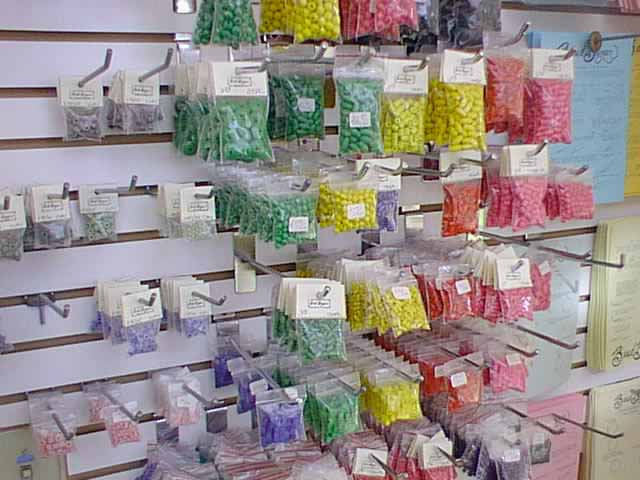index - module 1 - module 2 - module 3 - module 4 - module 5 - module 6 - module 7 - module 8

 From Start to Finish
From Start to Finish 
Module Five
The Accordion
Expanding - Contracting
Jumping Back and Forth
| At this stage we begin stringing the beads we have collected. We start moving our bits and pieces around.
Not afraid to mix metaphors, we hop, skip and jump about to see which words fit with which others. This is a time to move towards collections of phrases and an occasional sentence, but we continue to keep the fragments in a "state of flux." We begin to lay the pieces out in what begins to look like some order, but we are not bound by the sequence. We add to those ideas which invite our attention. We lose little time worrying over others. We do not sit and stare. We keep moving. We make every effort to suspend critical judgment here, waiting for a later stage to refine our language and our expression. In some ways this expansion is like the swelling of an accordion as it is pulled apart and filled with air (in this case words and ideas). Later we shall compress and refine. We are not ready for the word processor yet. Perhaps you have started some new cluster diagrams and are trying to figure out where you stand.
Once you have a sequence which seems pleasing, start weaving words together into groups and clusters and sentences. Jump back and forth from section to section, writing where you have the most interest and readiness.
When the group leader tells you it is time, answer the question below in your word processor.
Please do not move ahead to the next activity until asked to do so by your workshop leader. |
|
|

